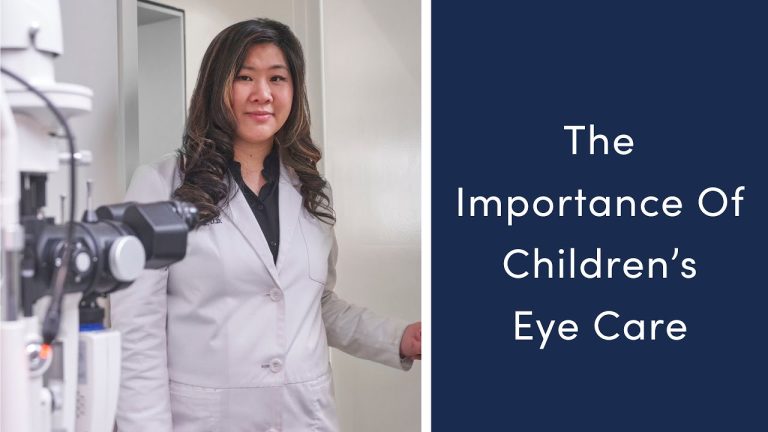Revolutionizing Vision Care for Children: The Benefits of Telemedicine Eye Care
Children’s vision health is a growing concern among parents and healthcare professionals worldwide. According to the American Optometric Association, one in four children has an undiagnosed vision problem that can affect their learning and development. Regular eye exams are crucial to detecting and treating eye problems in children.
With the emergence of telemedicine, access to eye exams and care has become more convenient, especially for those who live in remote areas or have difficulty traveling to eye clinics. In telemedicine, eye doctors use video conferencing technology to examine and monitor patients’ eye conditions from a distance. Telemedicine has shown promising results in improving access to eye care, including for children.
Advantages of telemedicine for children’s eye care
Telemedicine has several benefits for children’s eye care, including:
- Convenience: Parents can have their children’s eyes checked without leaving their homes, saving time and travel expenses.
- Accessibility: Children living in remote or underserved areas can access eye care services without having to travel long distances.
- Easy follow-up: Telemedicine enables doctors to monitor children’s eye conditions and track their progress without requiring frequent in-person visits.
- Improved outcomes: Early detection and treatment of eye problems can prevent vision loss and improve academic performance and quality of life.
How telemedicine works for children’s eye care
To receive telemedicine eye care services, parents need a computer or mobile device with a camera and internet access. The eye doctor will schedule a video conference with the parent and child and guide them through the examination process. The doctor will use specialized equipment, such as video cameras and ophthalmoscopes, to examine the child’s eyes and diagnose any problems.
Limitations of telemedicine for children’s eye care
While telemedicine has several advantages for children’s eye care, it also has some limitations. Some eye conditions require in-person exams and procedures, and telemedicine may not always provide the level of accuracy and detail needed for certain eye problems. Additionally, some parents may still prefer in-person eye exams for their children.
Conclusion
Telemedicine is a promising technology that has the potential to improve children’s eye care access and outcomes. While it may not be suitable for all eye conditions, it can be a convenient and effective option for many families. Parents should consult with their eye doctors to determine if telemedicine is right for their child’s eye health needs.
Contents
Most wanted in Hoya Vision:
What are prism eyeglass lenses?
Hoya Lens Engravings
What brand lenses does Costco use?
Do tinted glasses help with migraines?
What does +0.25 mean on an eye test?
Hoya Identification Chart
Should eyeglasses cover eyebrows?
What LED light is best for broken capillaries?
What is the difference between Ray Ban RB and Rx?
Does hyperopia worsen with age?
















